Tubani recipe is another northern Nigerian dish that is primarily consumed by Hausas. It is prepared using three (3) different methods, just like Gauda, as a result of the differences in the ingredients used.
It can be made with masara and waken soya (maize and soya beans); also, it can be made with white beans and maize alone. In this tutorial, I’ll show you how to prepare Tubani using three distinct methods. Please stick with me!
Equipment for Making Tubani
How to Make Tubani Recipe with Masara and Soya Beans
Ingredients
2 cups of maize
2 cups of soya beans
4 spoons of baobab leaf powder (Kuka)
A small piece of potash (kanwa)
Powdered pepper
Vegetable, palm oil, or soup
Maggi
Procedure for Preparing Tubani with Masara and Waken Soya
STEP 1: Remove the dirt from the maize and soya beans and thoroughly combine them. (In Hausa, the word cakudawa means mixing.’)
STEP 2: Grind or blend the ingredients until finely ground, then filter into a basin or container. Then,
STEP 3: Soak and set aside the potash.
STEP 4: Thoroughly combine the contents of STEP 2 with the kuka (Baobab leaf powder).
STEP 5: Pour the potash into the bowl and thoroughly mix it in.
STEP 6: Next, slowly drizzle in the water while mixing to make a dough that is neither too thick nor too thin.
STEP 7: Fetch the dough with your hand and mold it to the shape you want then set it aside.
STEP 8: Continue until all of the dough has been used up.
STEP 9: In a clean saucepan over medium heat, pour water, place the contents in STEP 7 in the pot, and cover the pot with the lid. Allow for 40 minutes of cooking time, just like Danwake.
STEP 10: Scoop the Tubani one by one after turning off the heat and put in a clean warmer.
STEP 11: Fry your oil for only 2 minutes (vegetable or palm oil).
STEP 12: Your Tubani with masara and wake is ready!
How to Make Tubani Recipe with Masara and White Beans (Farin Wake)
Ingredients
2 cups of beans
2 spoons of baobab leaf powder (Kuka)
A small piece of potash (kanwa)
Powdered pepper
Vegetable or palm oil or soup
Maggi
Procedure for Preparing Tubani with Wake (Beans)
STEP 1: Separate the beans from the dirt.
STEP 2: Fill a clean basin halfway with water and soak the beans for 10 minutes.
STEP 3: Rinse the beans thoroughly to remove the grain shafts.
STEP 4: Immediately after washing, blend or grind it to produce a thick dough.
STEP 5: Add the maggi into the dough and thoroughly mix.
STEP 6: Fetch the dough with your hand and mold it to the shape you want then set it aside. Repeat the same process until the entire dough is exhausted.
STEP 7: Over medium heat, get a clean pot, pour water into it, arrange the content in STEP 6 in the pot, and cover the lid of the pot. Allow to cook for 40 minutes just like Danwake.
STEP 8: After turning off the heat, scoop the Tubani one by one and place them in a clean warmer.
STEP 9: Fry your oil (vegetable or palm oil) for just 2 minutes.
STEP 10: Your Tubani with wake (beans) is ready!
How to Make Tubani Recipe with Masara (Maize)
Ingredients
Same with the ingredients for Tubani made from maize and soya beans
Procedure for Preparing Tubani with Masara (Maize)
The procedure is the same as that of Tubani made from Maize and soya beans except that in this case, no soya beans.
How to Serve Tubani Recipe
Tubani is usually served with Miyan Taushe, which is typically poured over the tubani. Powdered pepper, Maggi, and oil could be put on top of the Tubani before serving. Alternatively, you could simply place the Tubani on one plate and the oil, pepper, and maggi combined on another platter, and then consume the Tubani by dipping it in the second plate.
Occasions to Serve Tubani Recipe Best
Tubani is suitable for consumption at any time of the day. It could also be consumed as one of our three fundamental meals (breakfast, lunch, and dinner). When eaten as a dessert, it isn’t a bad idea.
How to Store Tubani Recipe
If you keep it submerged in water, it will last for 24 hours. When refrigerated, however, it will last 3 to 4 days.
Nutritional Value of Tubani Recipe
Tubani with beans adds folate, protein, and anti-inflammatory benefits to the dish. It also helps to prevent cancer and fatty liver disease, among other things.
Tubani with maize and/or soya beans additionally helps supply the energy we need for our daily activities, as well as treating sleep disorders, managing diabetes, and improving blood circulation. It is also necessary during pregnancy.
Conclusion
Tubani recipe is a delicious northern Nigerian dish that is simple to cook, as you’ve seen above. You’ll get there if you properly follow the steps. I hope you found this article to be useful.
Anyway, that concludes this amazing meal. Make it for yourself or your family, and let us know how it goes in the comments area below.
More Northern Nigerian dishes are constantly available at Northpad Nigeria.


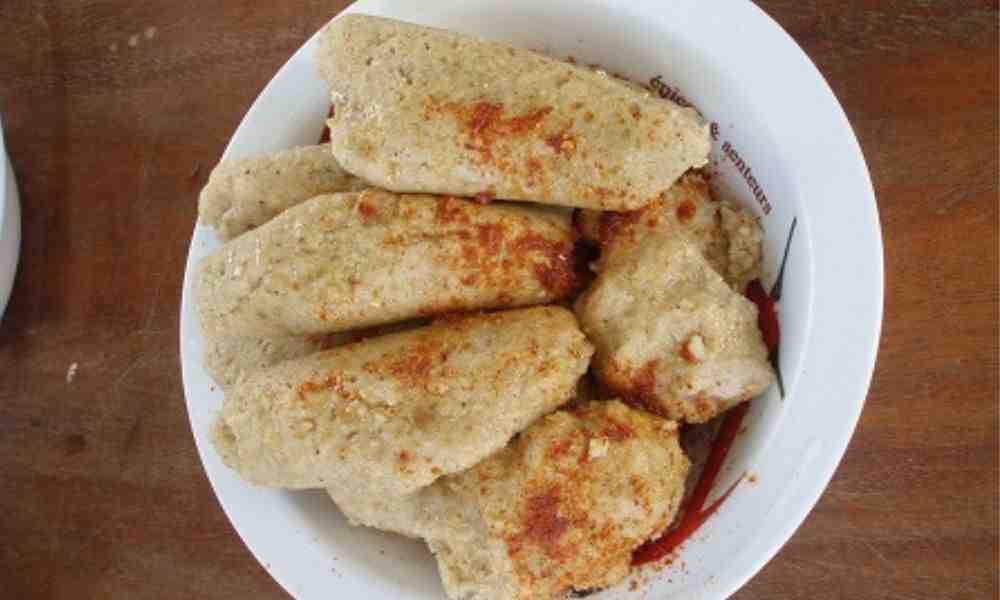
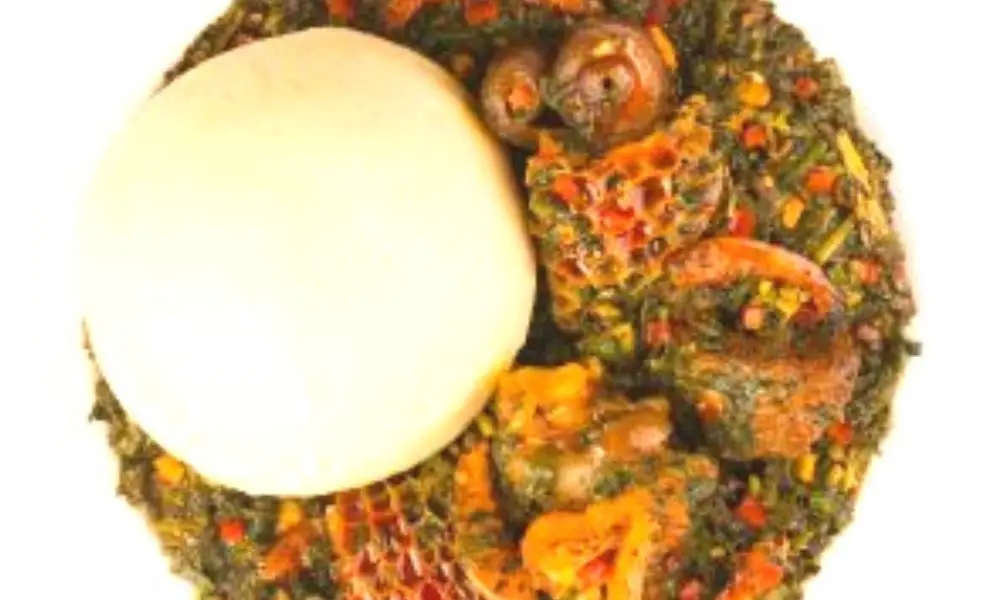
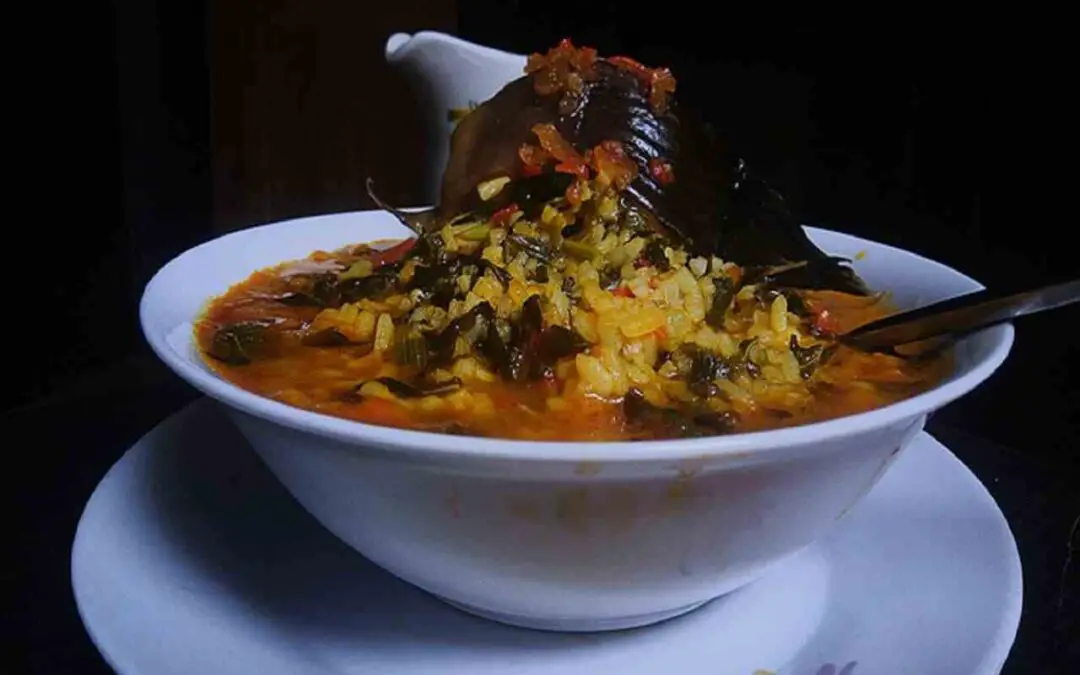
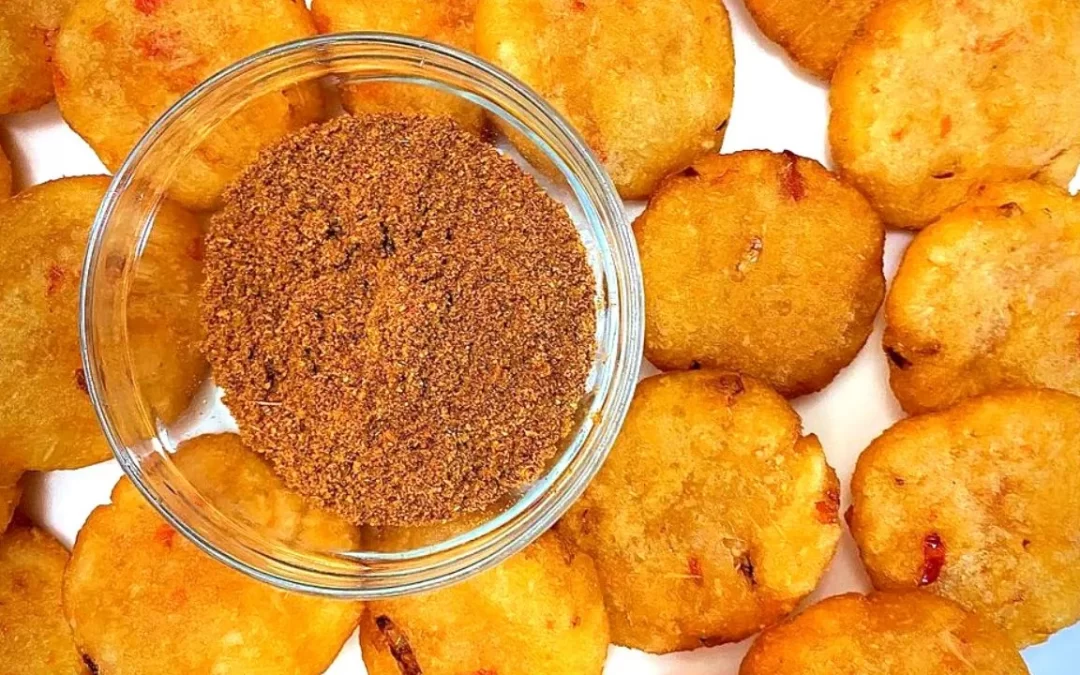



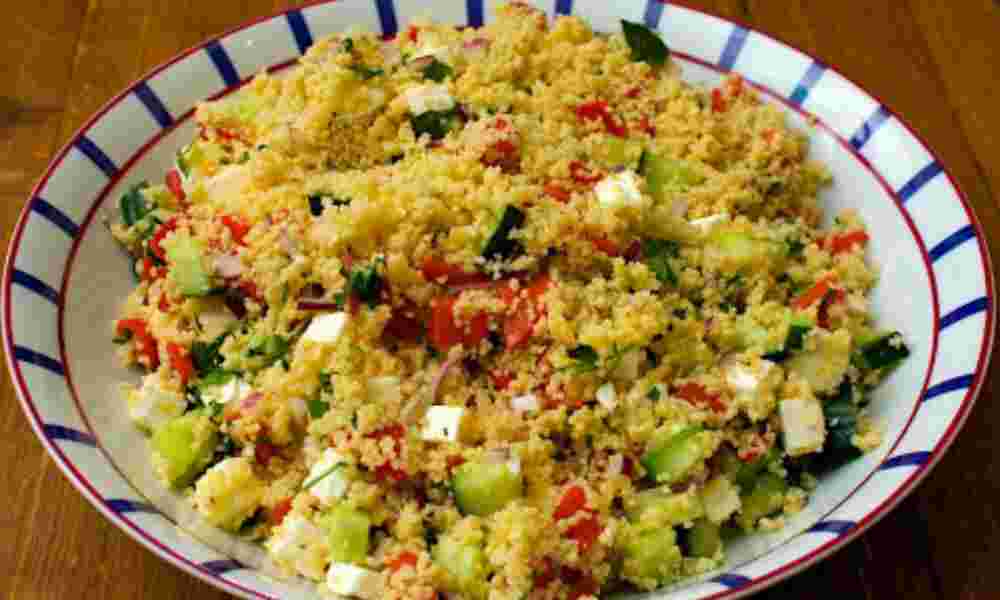
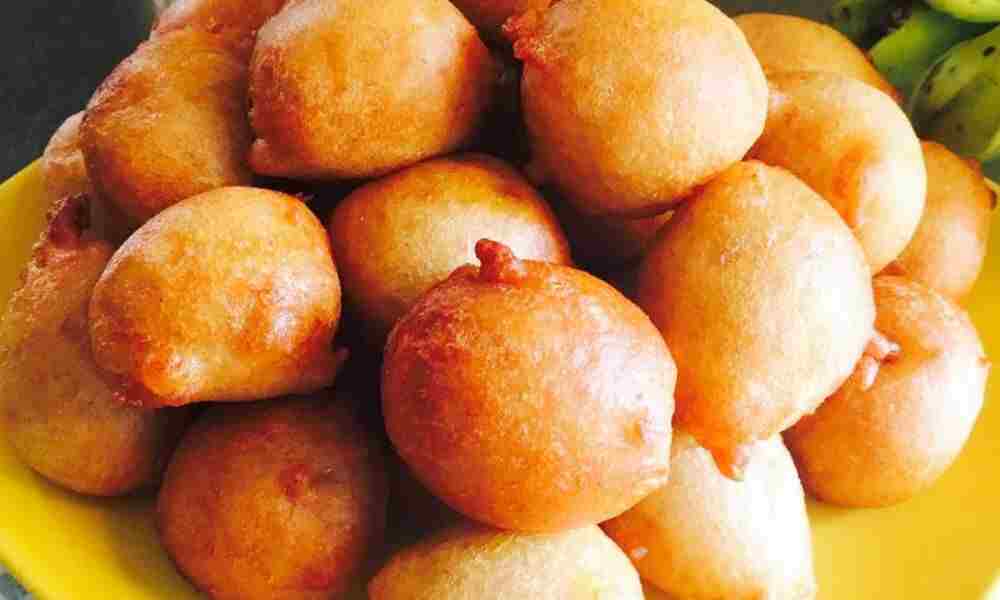
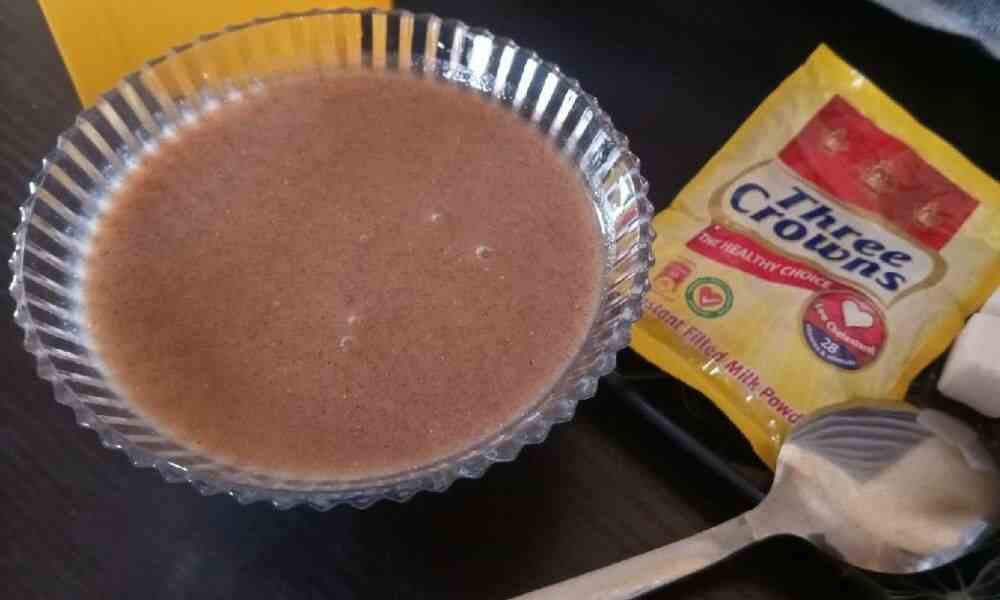
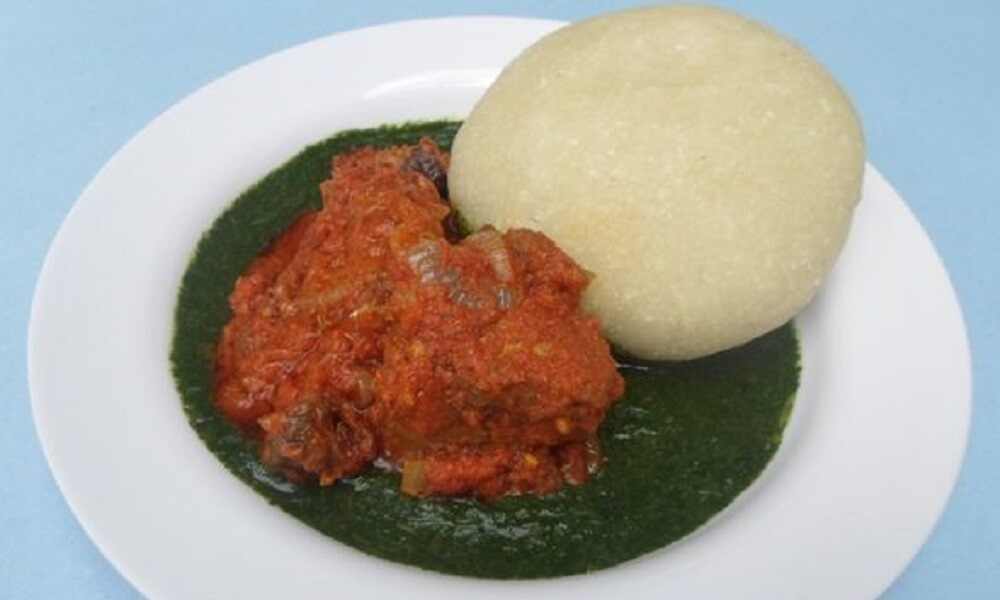
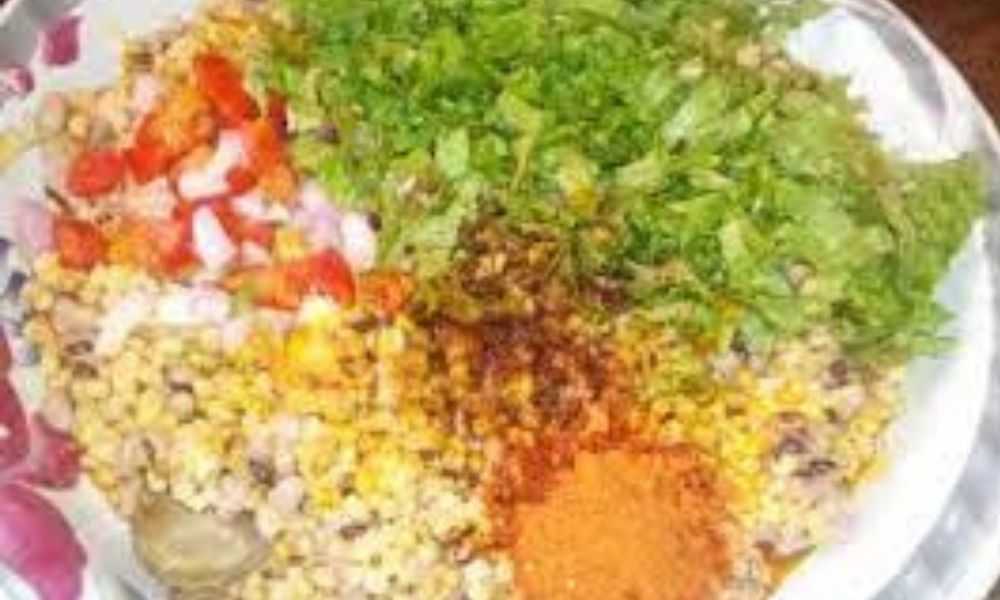
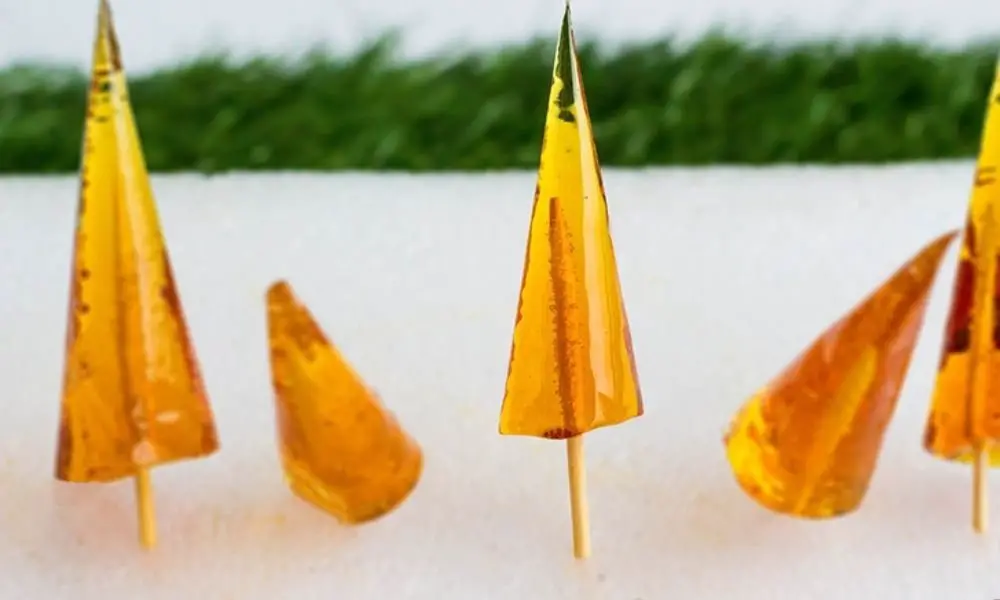
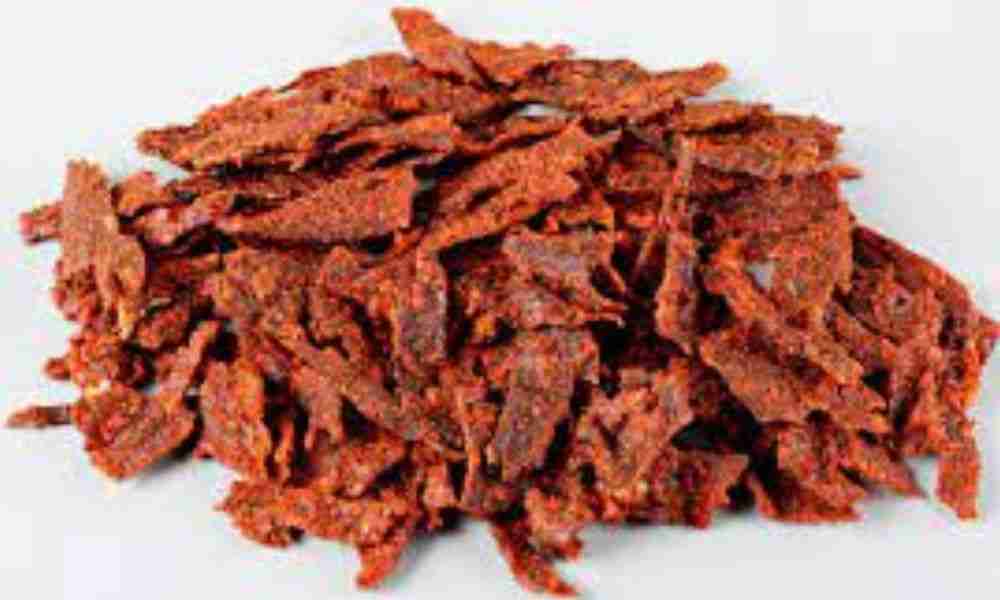
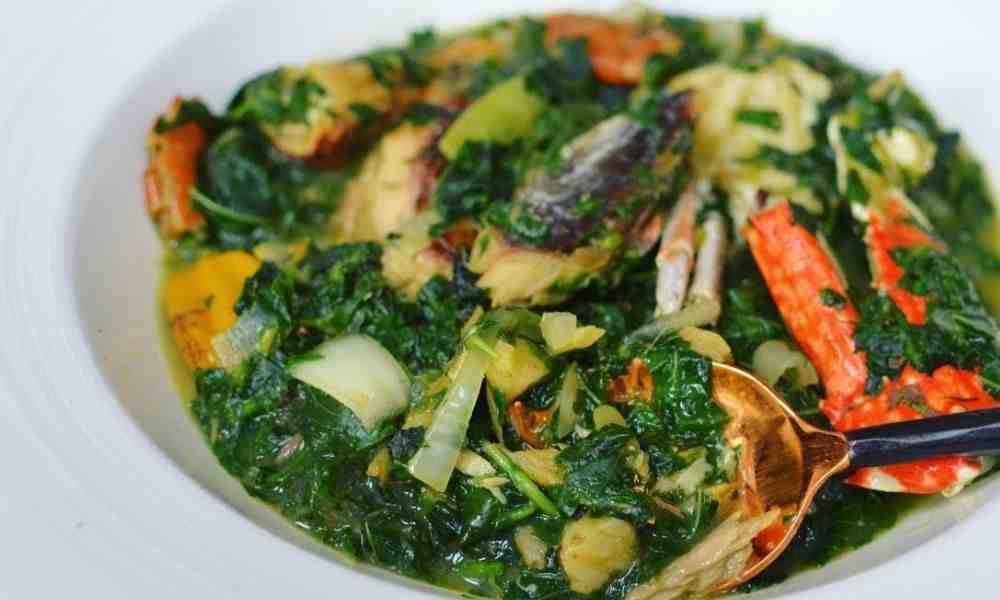
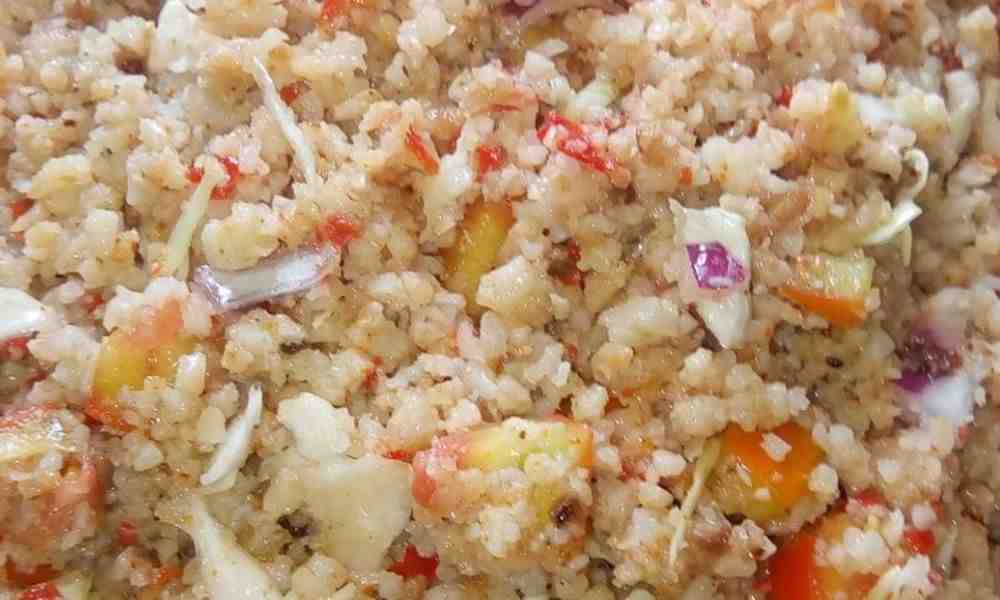
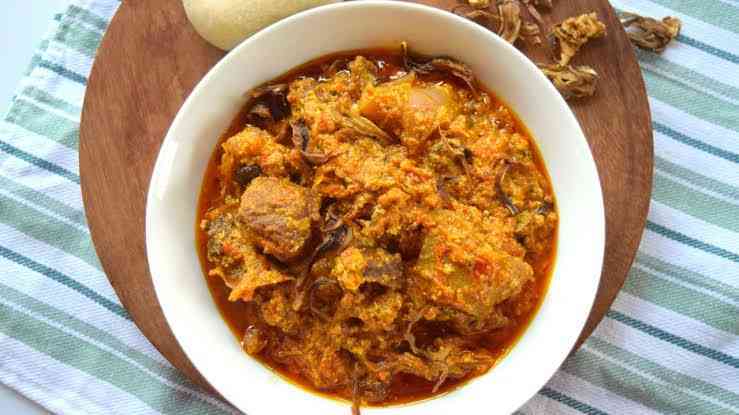
0 Comments